| The Last Of Us (2013, PS3) is a thrilling survival horror adventure with a highly emotive and engaging story from Naughty Dog, creators of the Uncharted, Jak and Daxter, and Crash Bandicoot series. When a virus outbreak occurs in modern society, Joel (Troy Baker), a single parent, loses his daughter, Sarah. 20 years later, civilisation has fallen and humans mutated by the virus have overrun the world, keeping human settlements small and sparse. Joel and Tess (Annie Wersching) are smugglers who, when trying to retrieve their goods, become caught up in trying to save Ellie (Ashley Johnson), a 14 year old girl who was bitten by a runner and hasn’t mutated into one of them. Since she may hold the key to restoring humanity, it’s the player’s job as Joel to protect her while locating the Fireflies who can use her genes to develop an antiviral agent. While the plot is hardly original, the way the story is presented is very effective. Joel is a very gruff, emotionally reserved man, while Ellie (who bares an uncanny resemblance to Ellen Page) is curious, loving, and emotionally open. As the story unfolds, the interaction of these characters is very engaging. Ellie’s effect on Joel and their growing bond develops in unexpected ways and is part of the story’s charm and effectiveness. Characters are motion captured, so look and move in very realistic ways. The environments, too, are beautifully crafted, from the dank and dirty city streets of Boston, to lush forests and snow-covered environs. Voice acting is fantastic, sounding realistic and believable. The beautifully rendered background music enhances the story’s atmosphere and heightens the in-game action. Gameplay draws on familiar elements from the Uncharted series, giving players large environments to explore and make their way through while solving environmental puzzles and avoiding or disposing of enemies. In The Last of Us, however, the gameplay is refined. Players can shoot their way through enemies. Given the lack of ammo throughout the games and the tendency of opponents to swarm the player, more of an emphasis is placed on stealth kills and avoiding foes altogether. The latter is not always possible, however. Runners and humans will react to the sight of the player and generally attack in swarms. Players should use a few shots or hand-to-hand combat to kill them. Clickers react to noise and are very hard to kill unless players have a shiv. Thus, the best strategy is to creep past them. Bloaters are inescapable and are very hard to put down. The game’s environmental puzzles are well crafted and, like Uncharted, require players to climb, crouch, or run through each area to progress. However, several crafty puzzles play on there being at least two people in your party Ellie’s inability to swim. Once players get used to the puzzle types, however, progression is fairly straightforward. Since the game is set in a post-apocalyptic world, players need to scrounge around the environments for items that allow them to survive. As well as ammo, players need to search for scissors, nails, bottles, water, rags, and so on so they can craft new items, such as health kits, bombs, and melee weapons. Most objects can be used to create at least two types of items, meaning players are forced to choose which item they need most. Gear points and health capsules can also be located, enabling players to upgrade the myriad of weaponry throughout the game and enhance the player’s abilities. The gameplay and story are really well paced, giving players long moments of silence as well as frantic action sections. While the gameplay has innovative features, it’s the emotional story and the bond that forms between the characters that will keep players pushing through the end. The only thing keeping The Last of Us from getting five stars is a few moments of clunky dialogue and one or two areas where progression is not clear (Ellie’s encounter in the restaurant, for example). Still, I highly recommend The Last of Us to all games players. 4 ½ stars |
|
1 Comment
|
Archives
July 2023
Categories
All
|
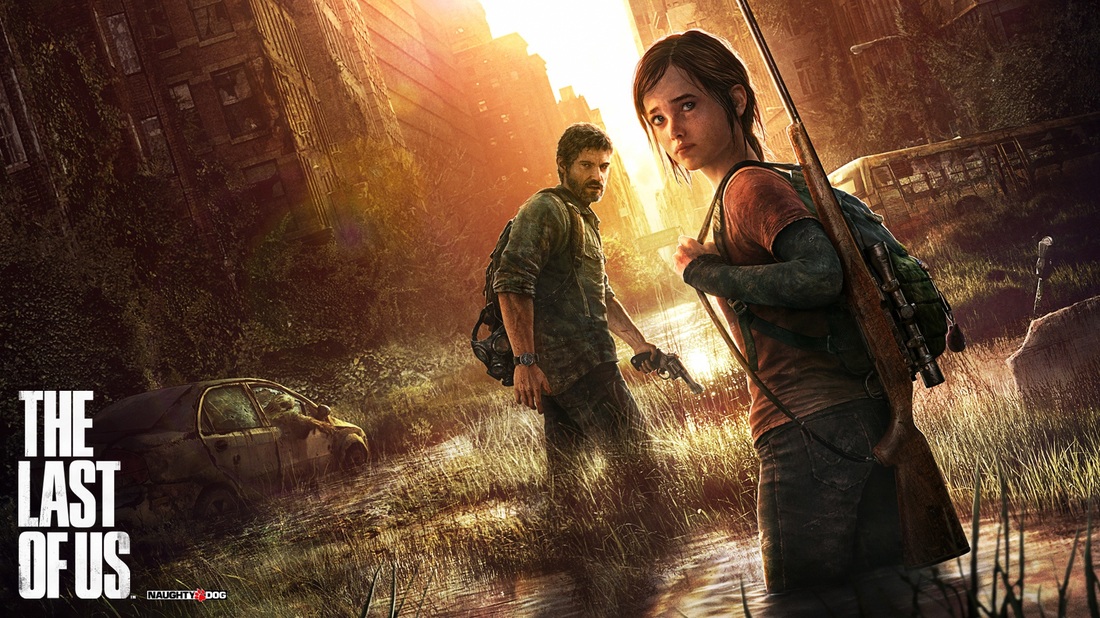
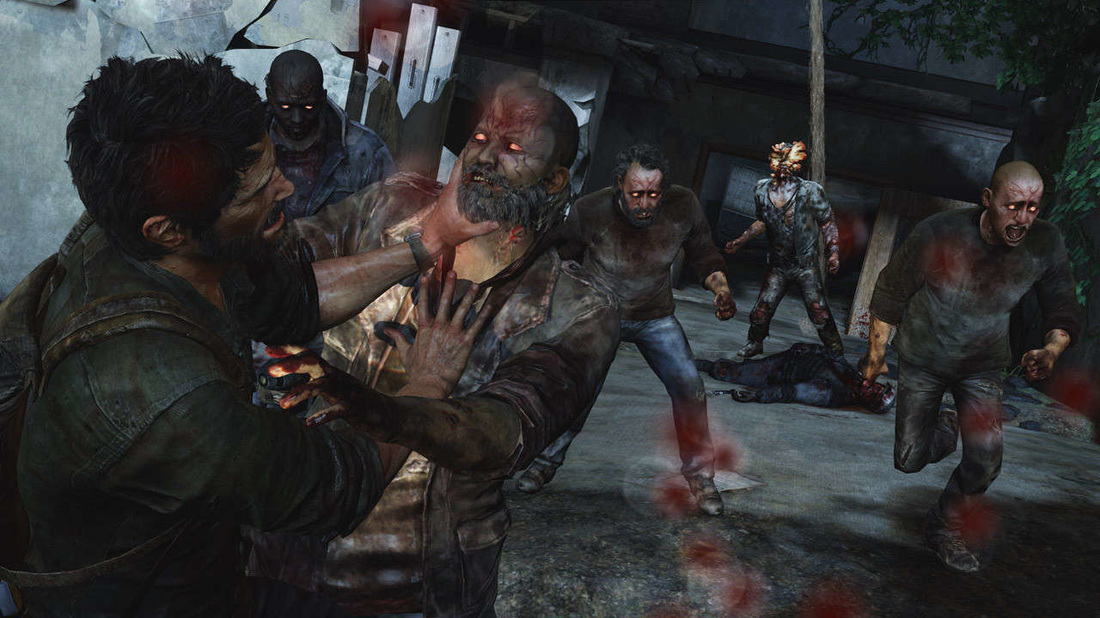
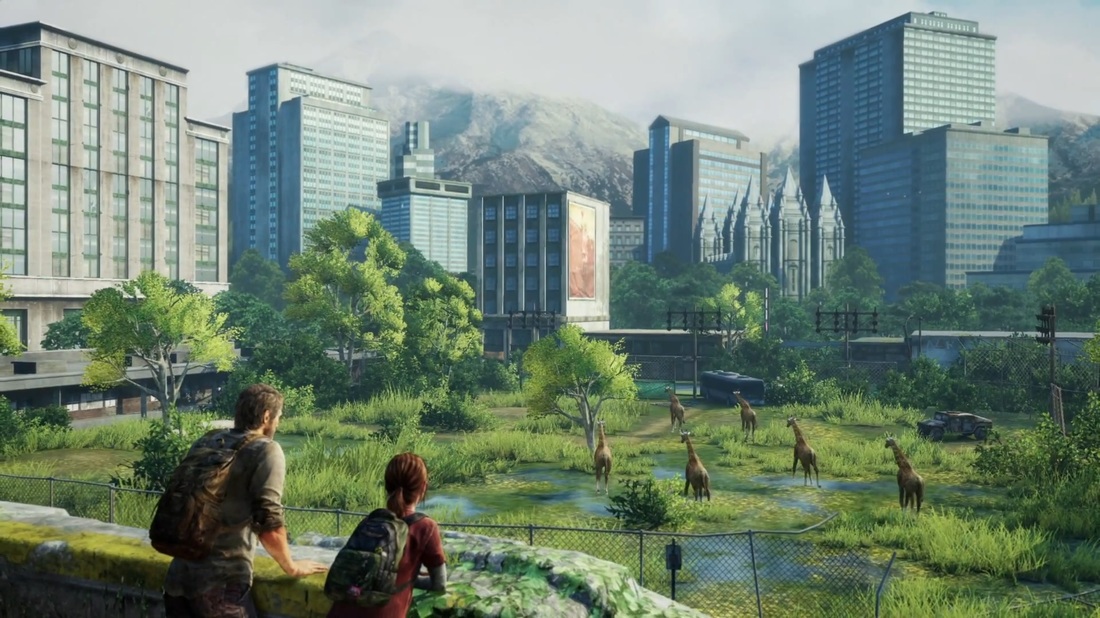
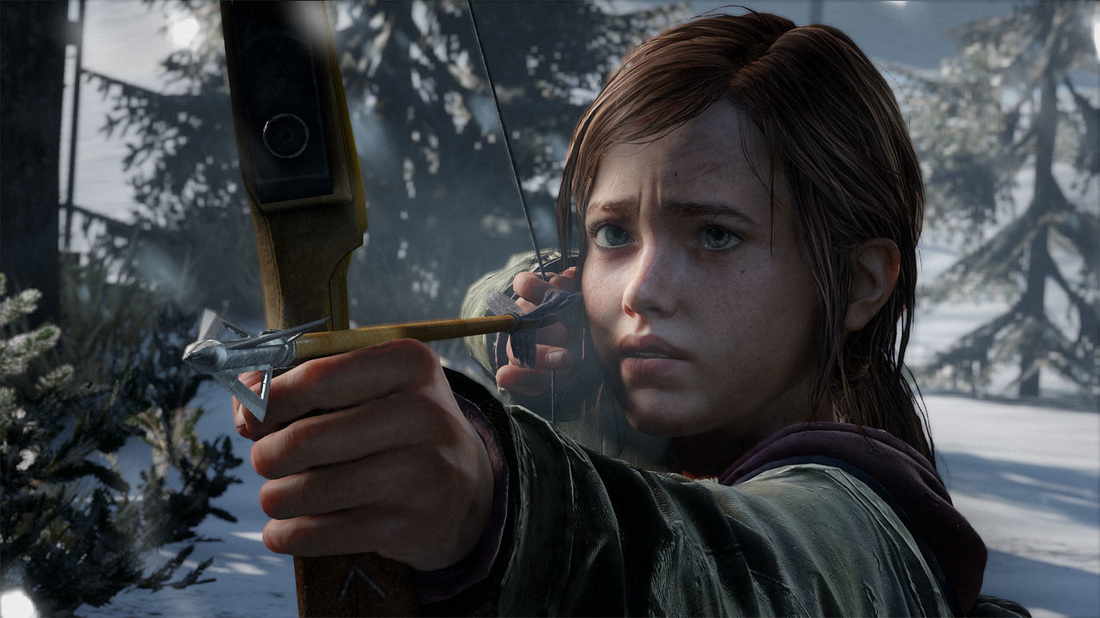
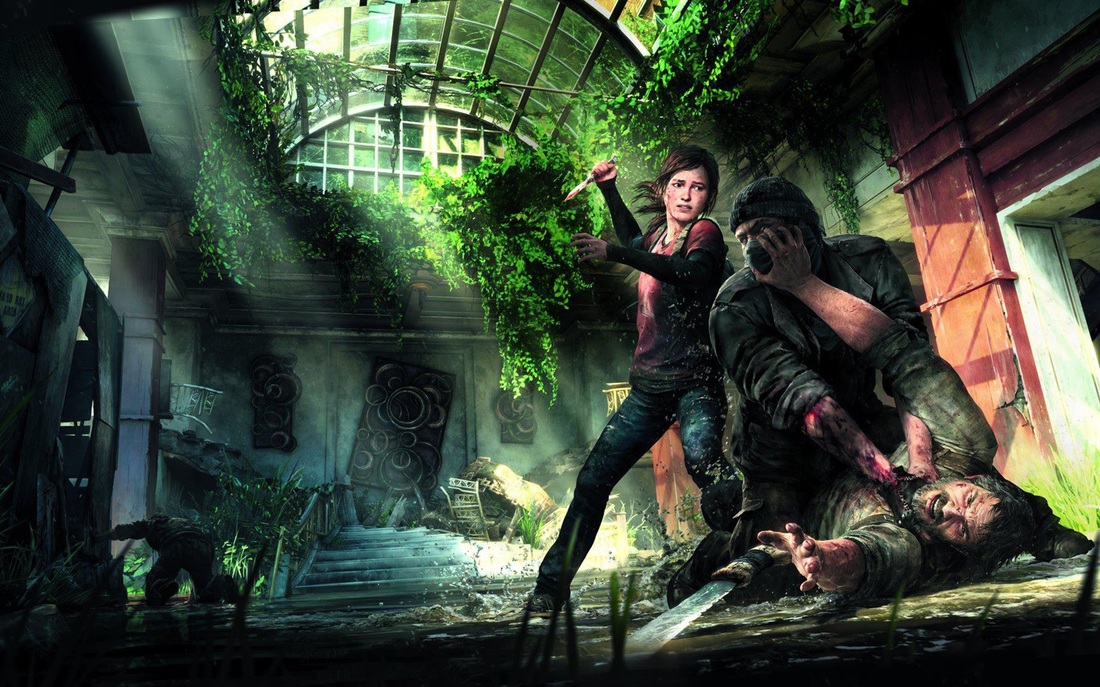
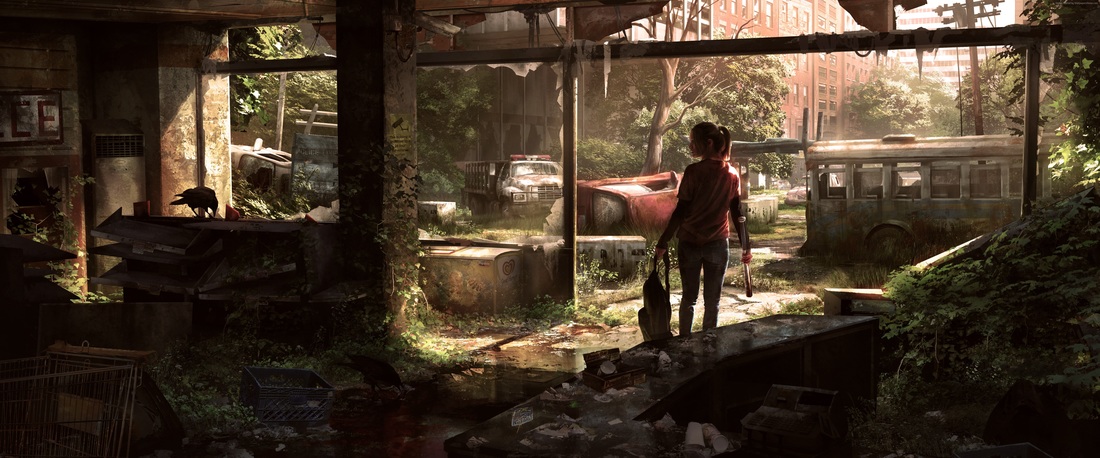
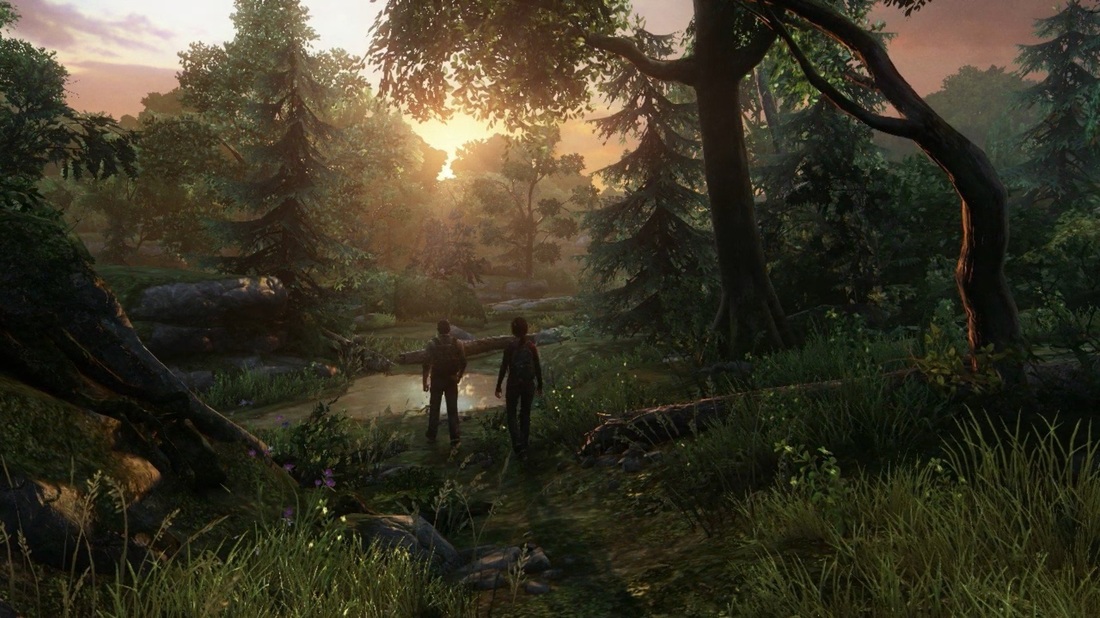
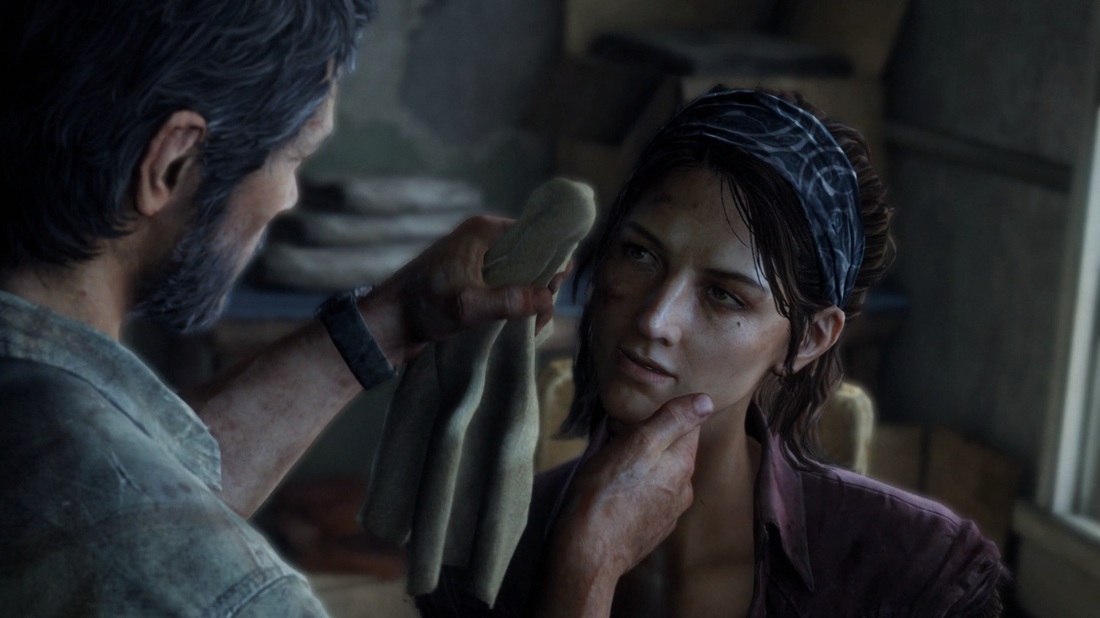
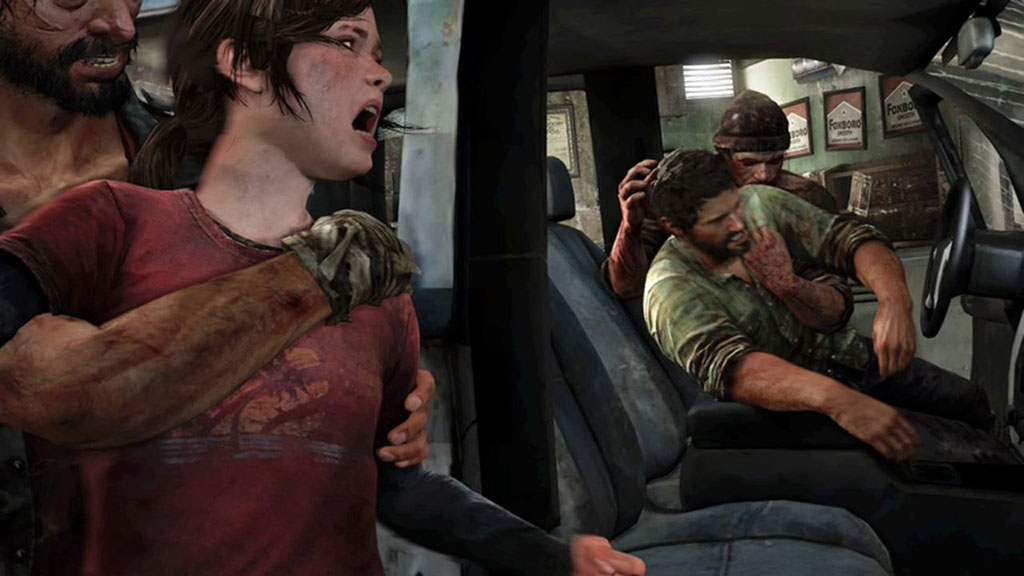
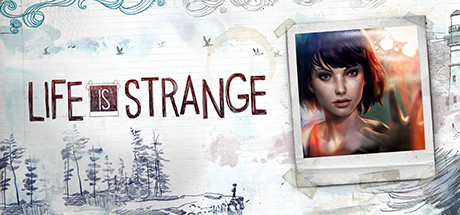
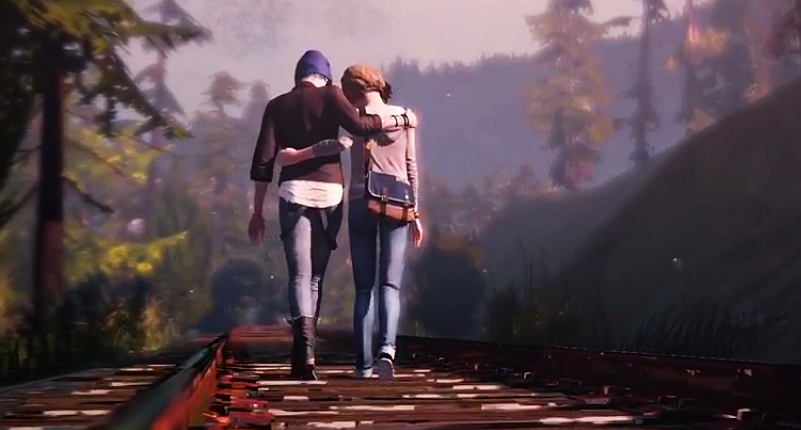
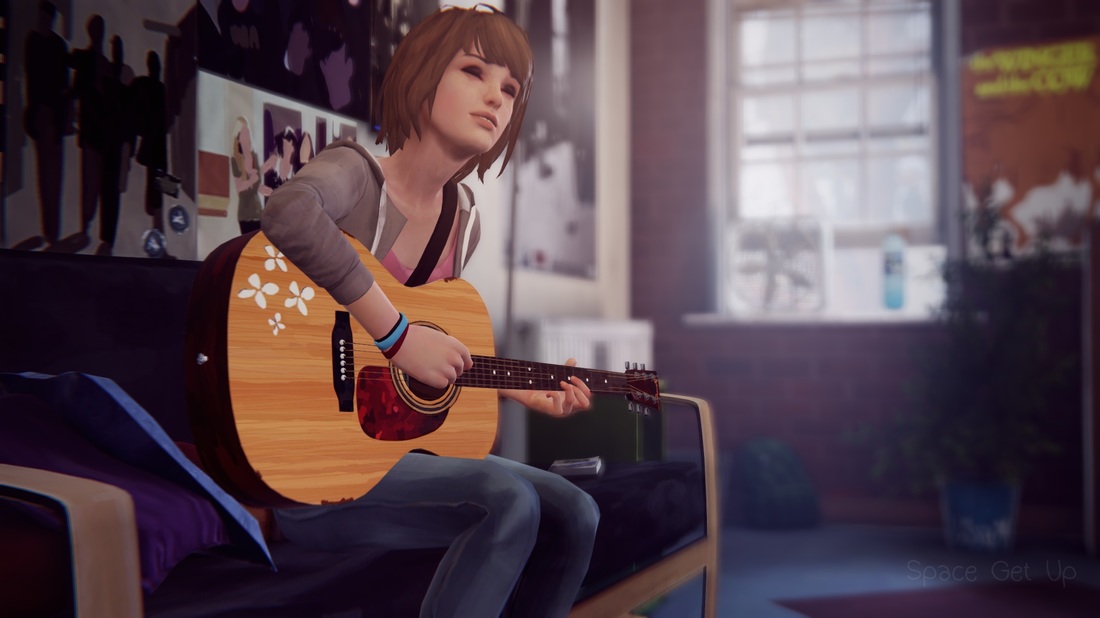
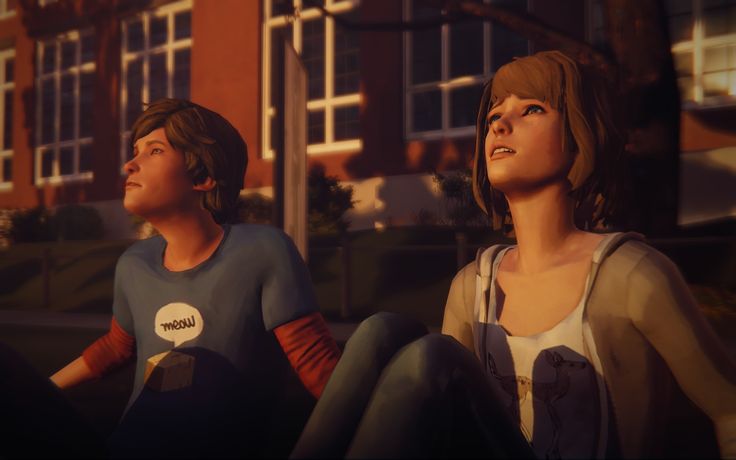
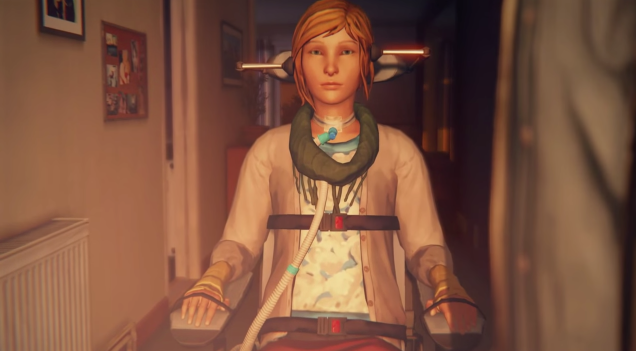
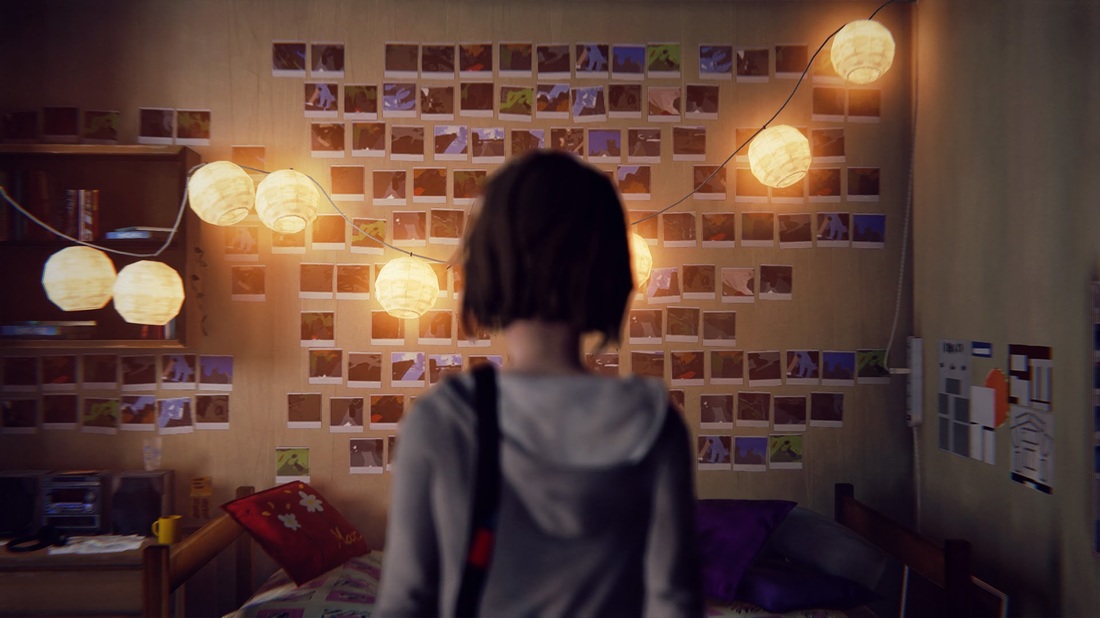
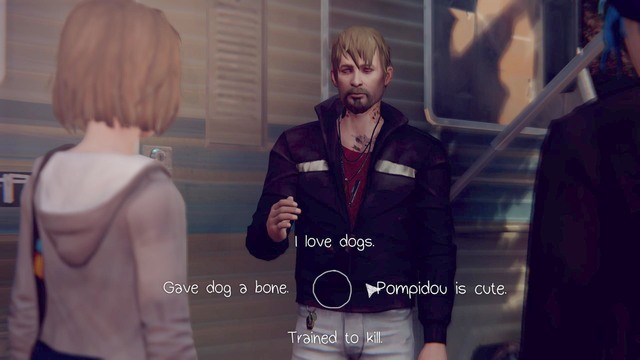
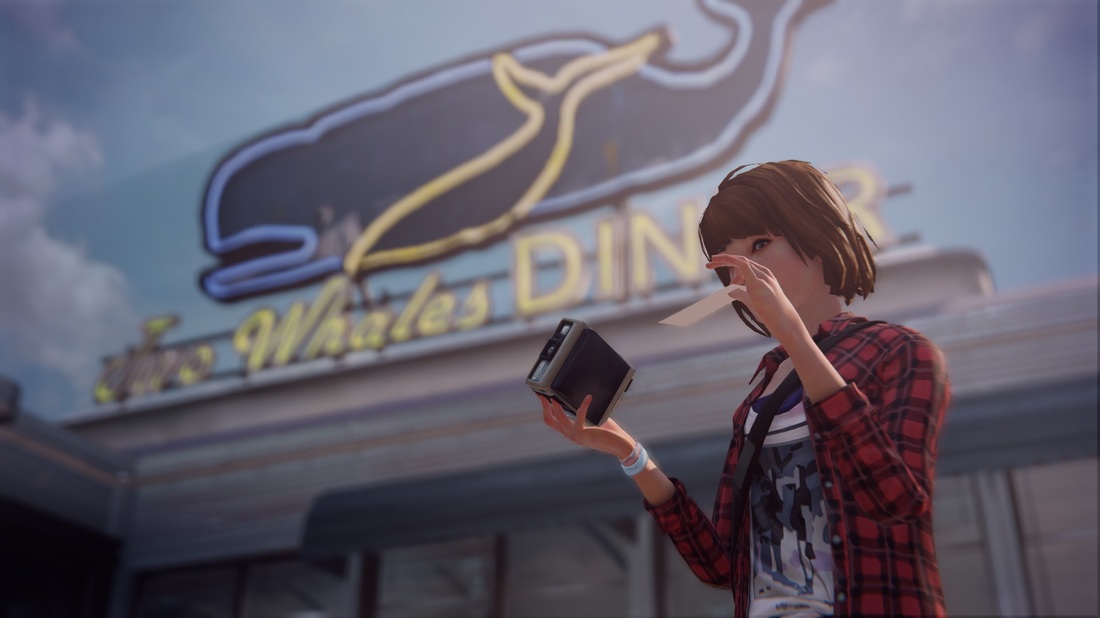
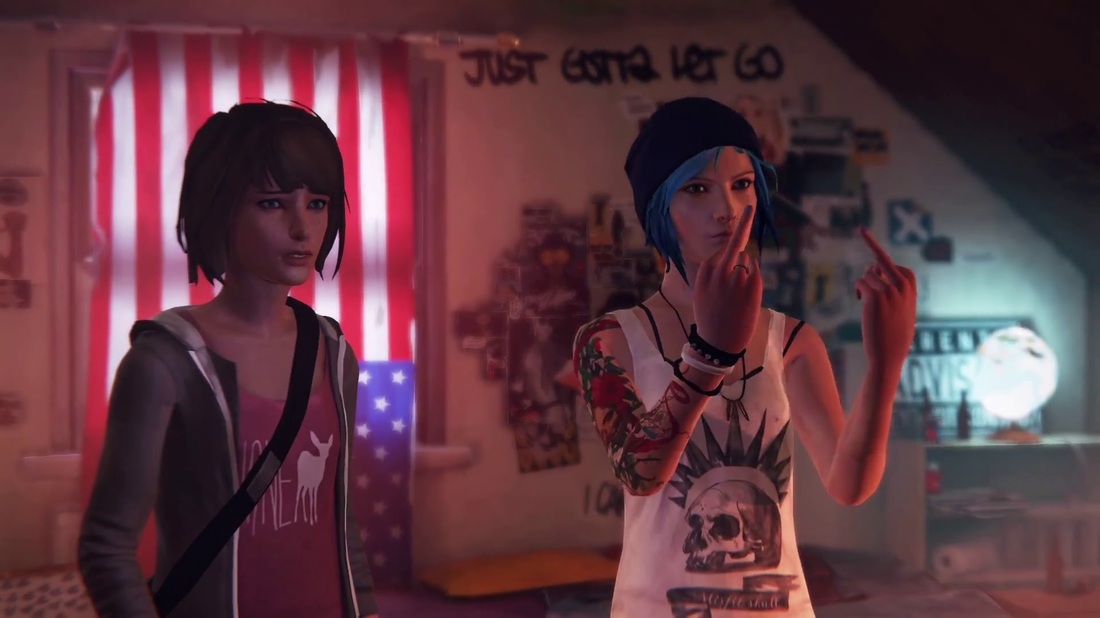
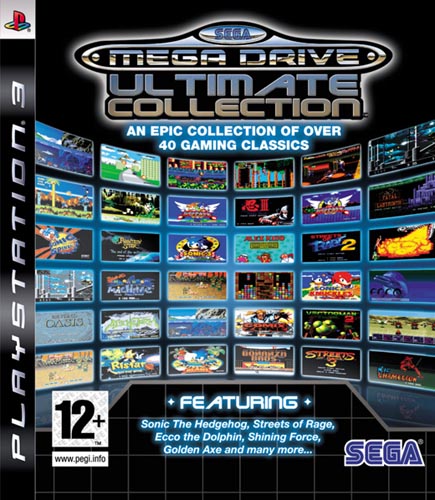
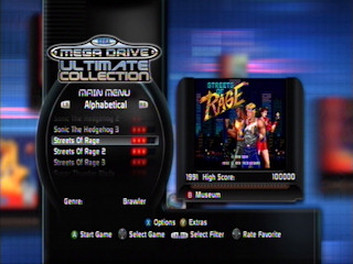
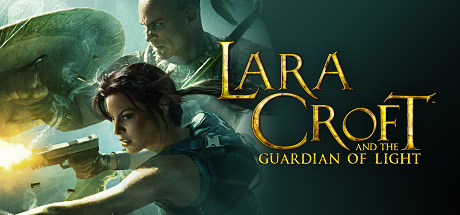
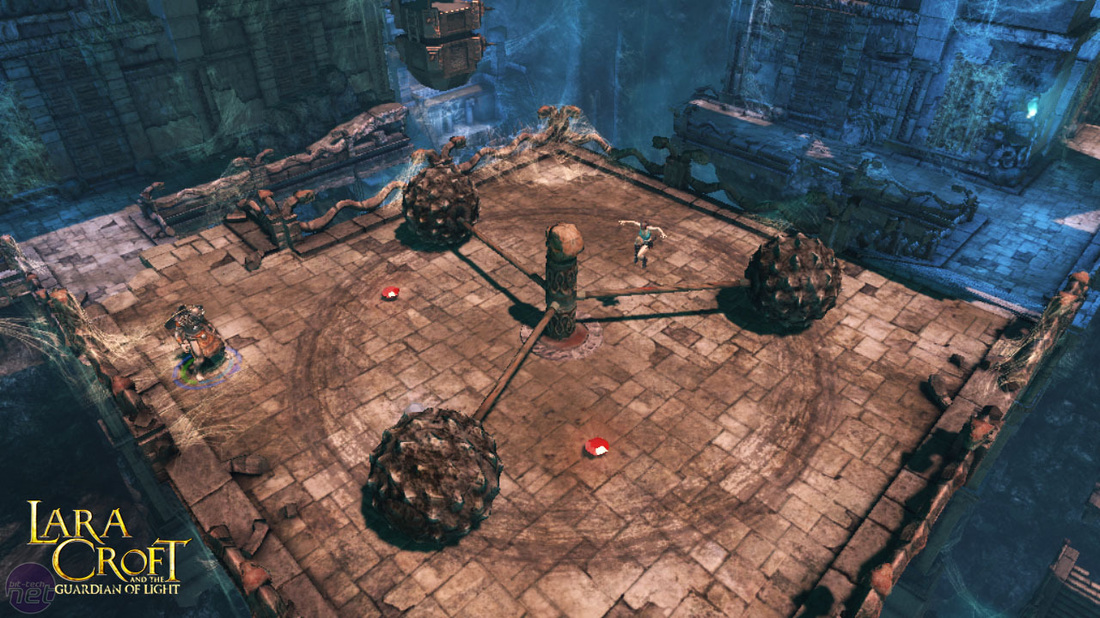
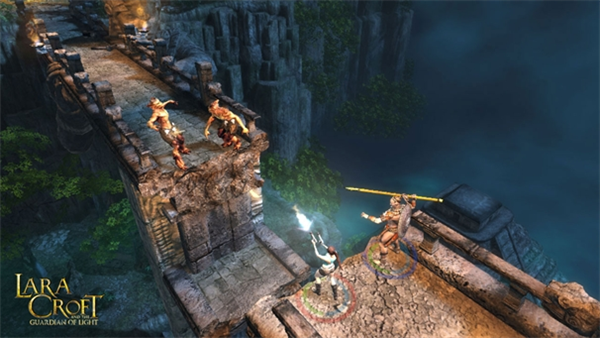
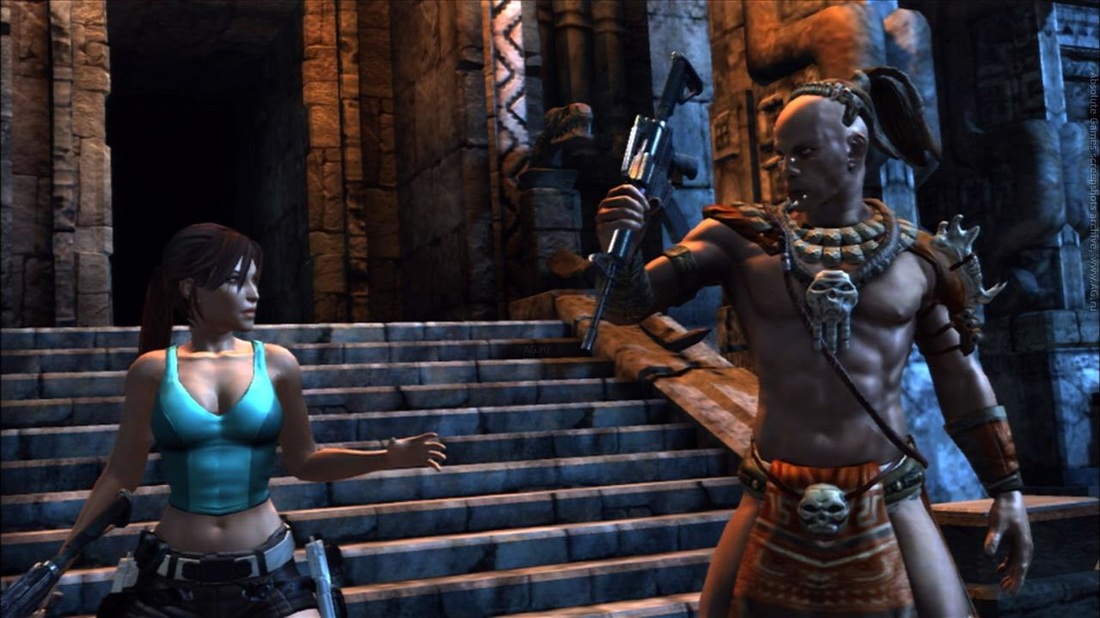
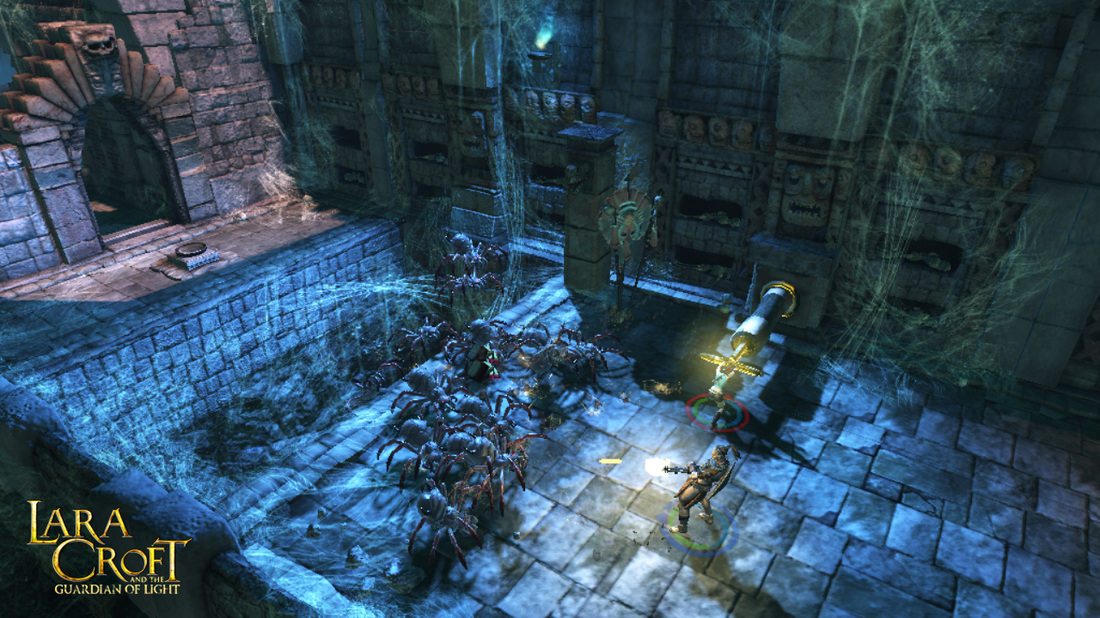
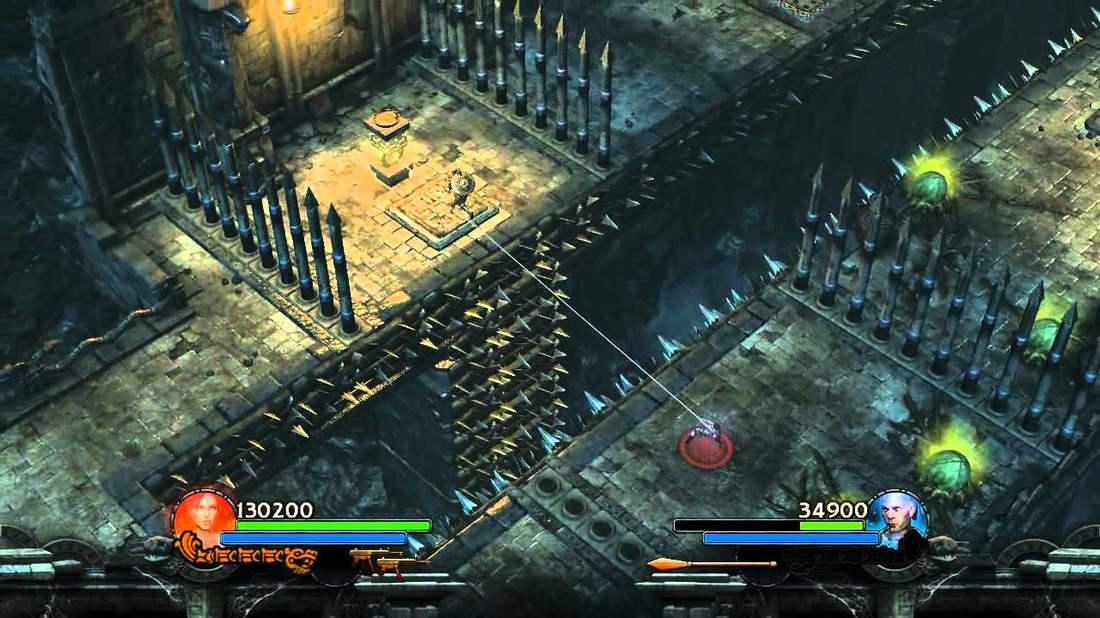
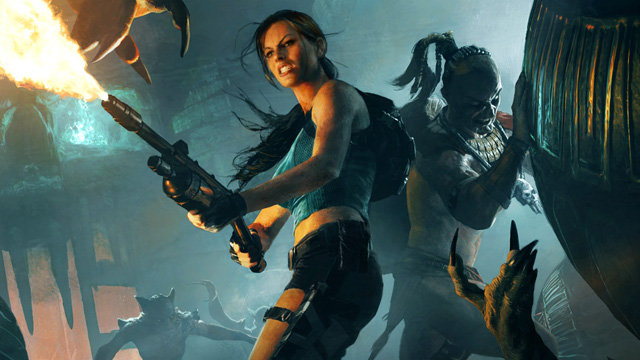
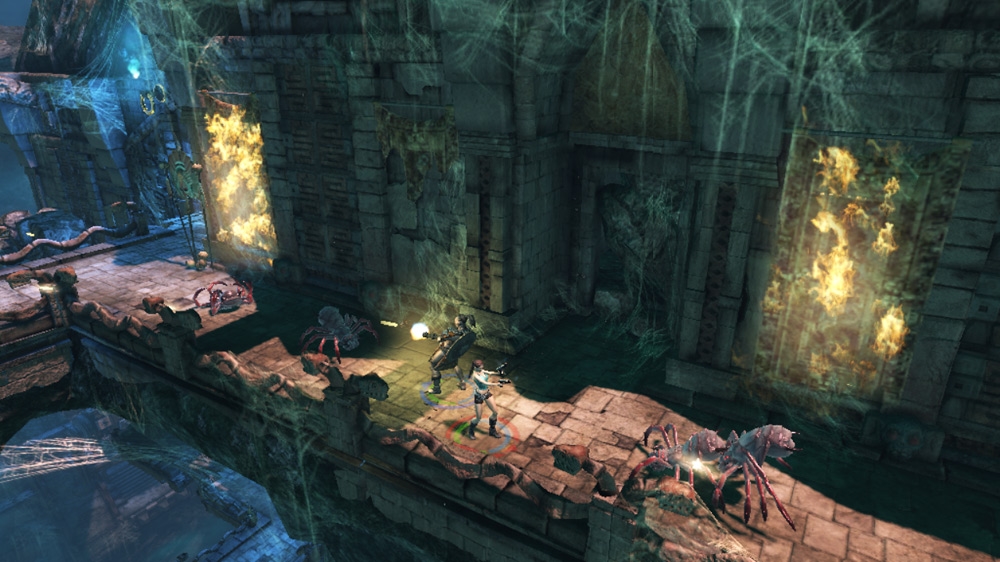
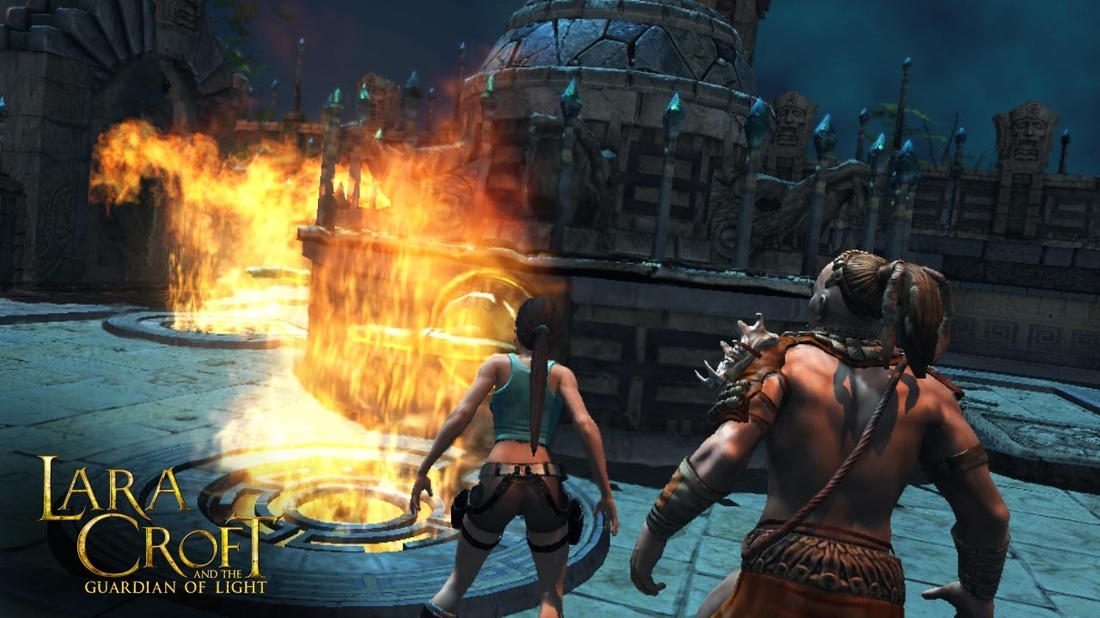
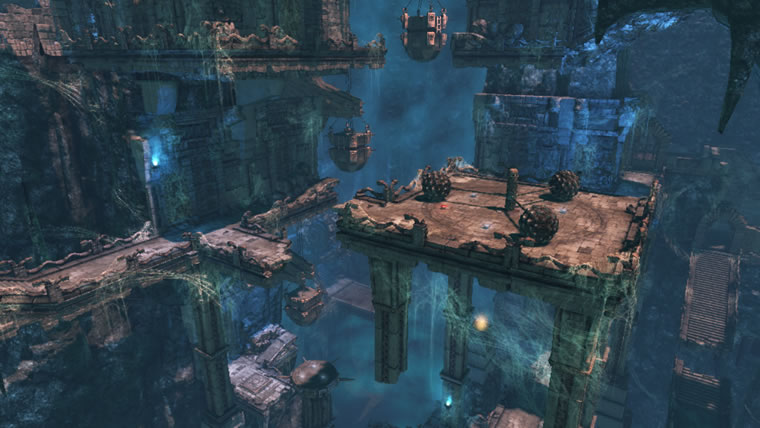
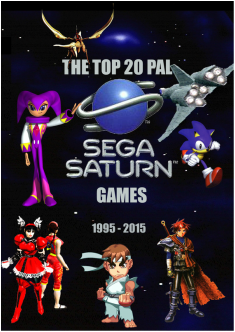
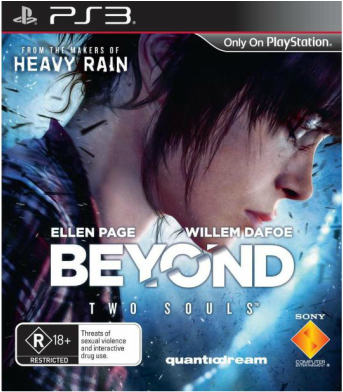
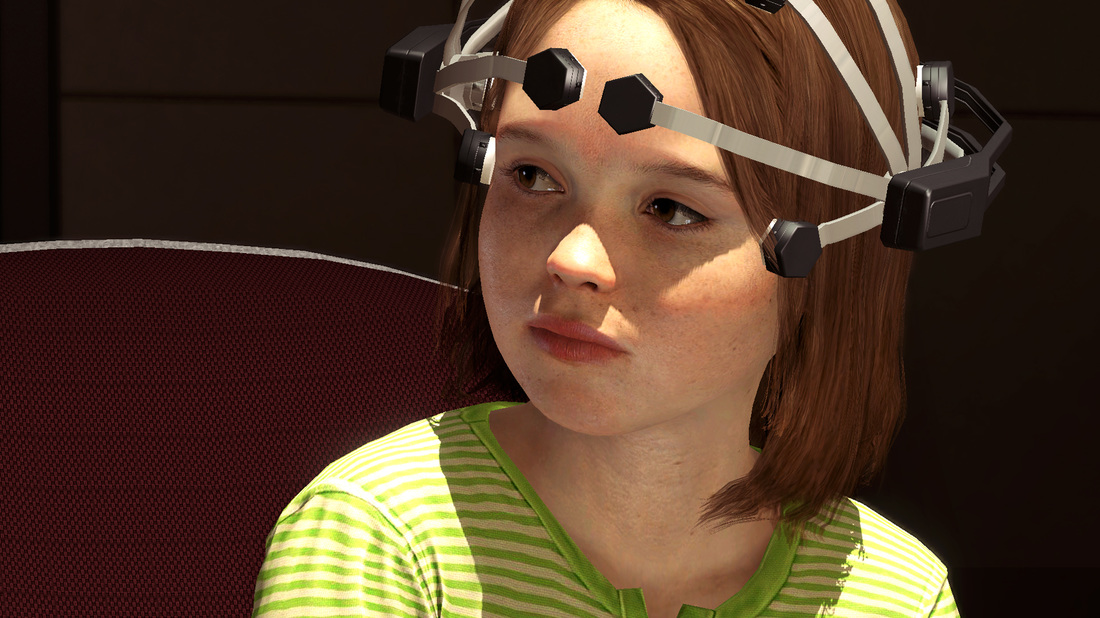

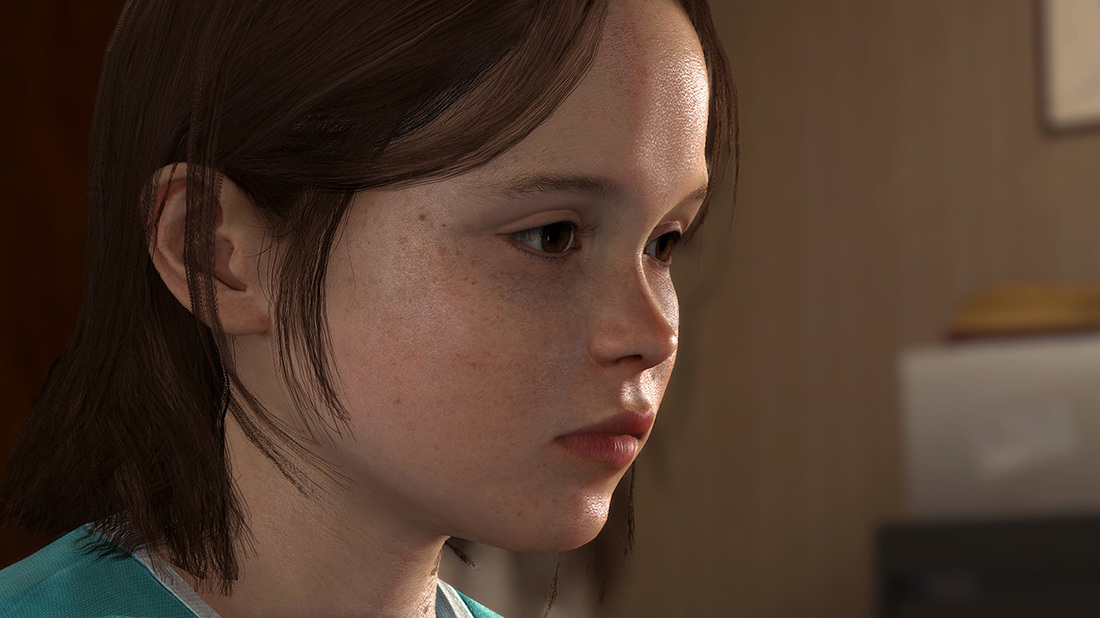
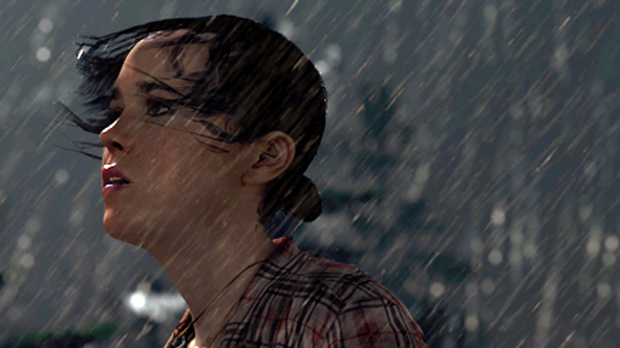
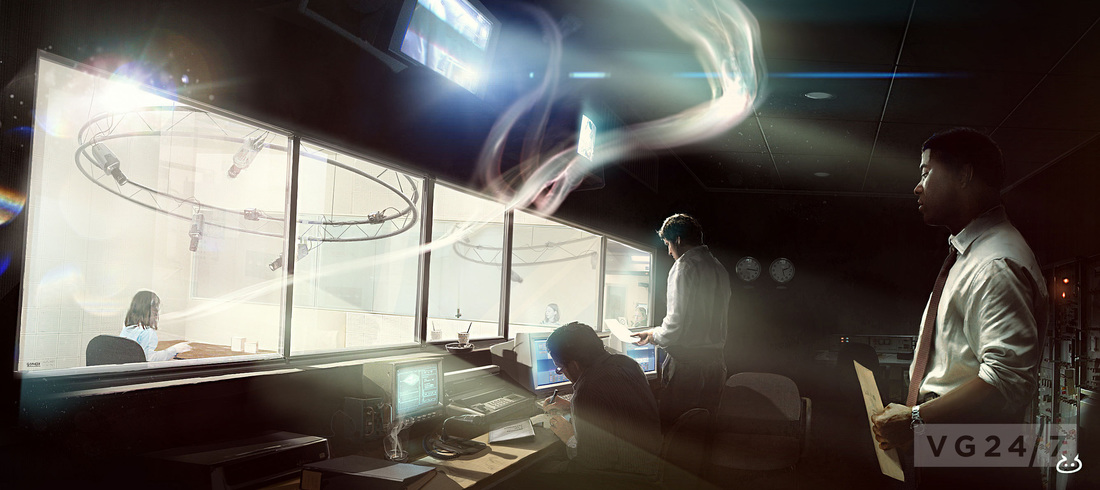
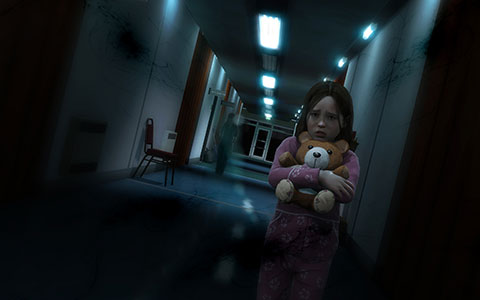
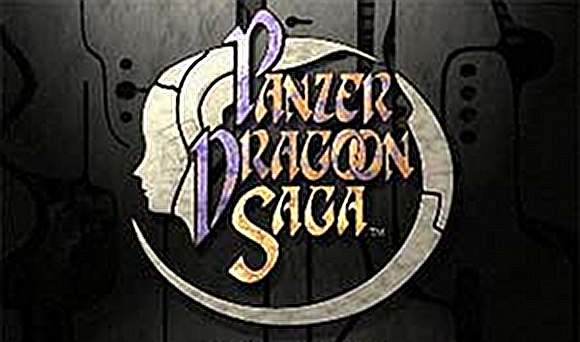
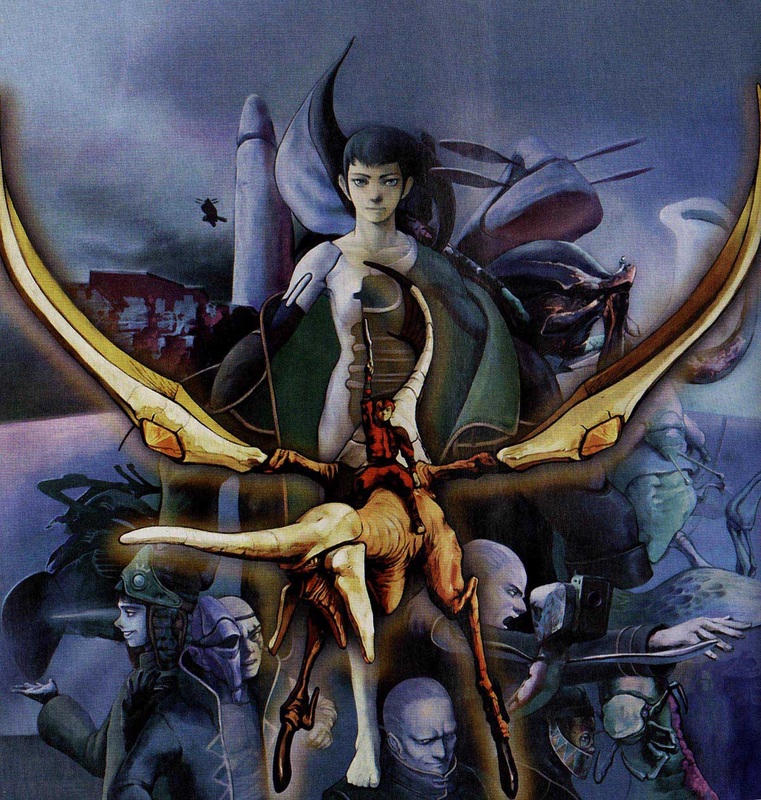

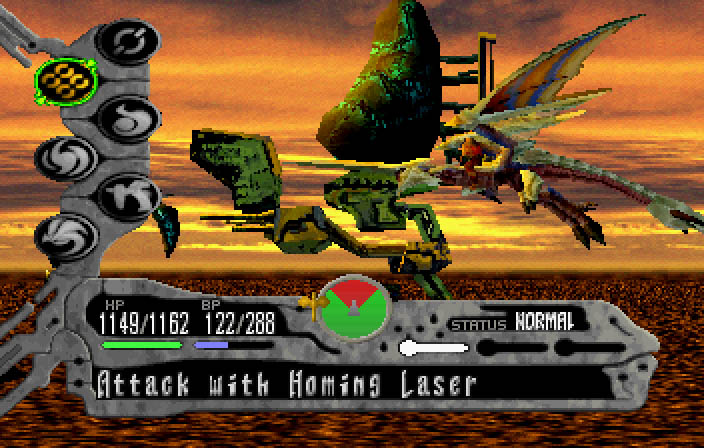
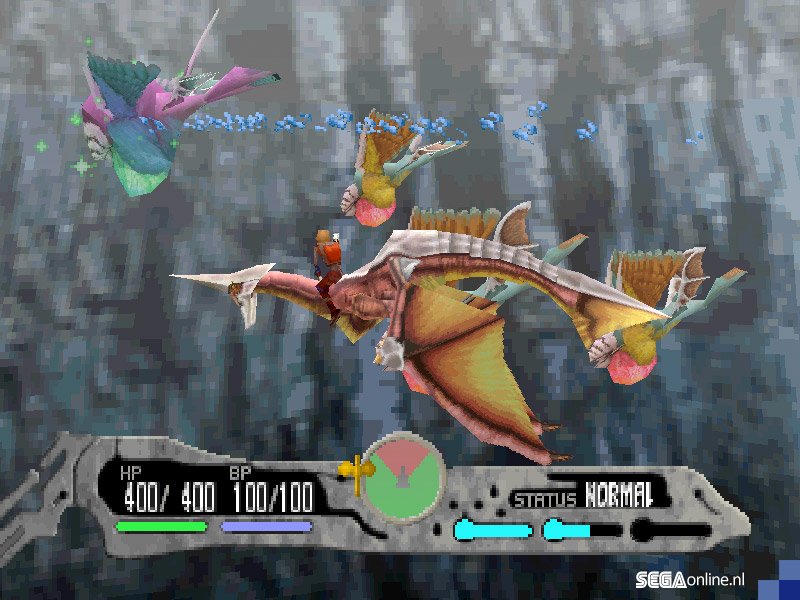
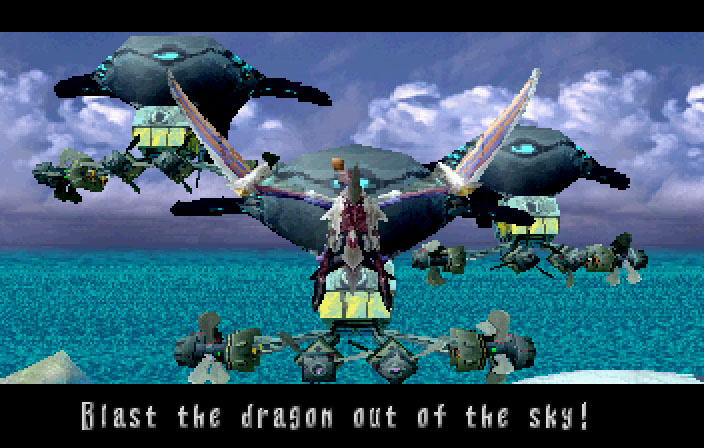
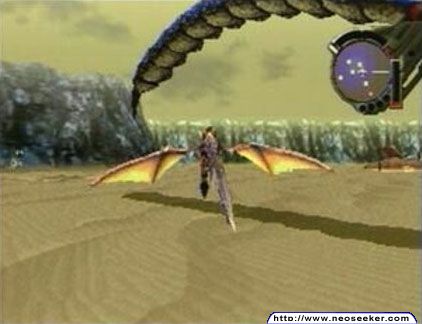
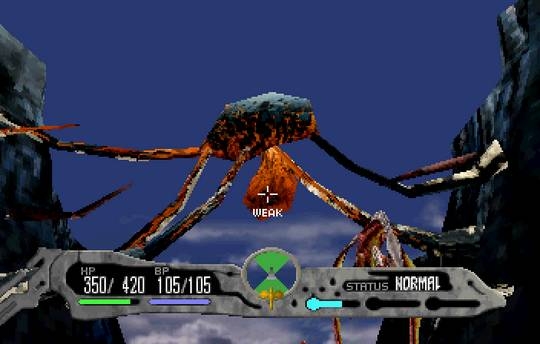
 RSS Feed
RSS Feed
